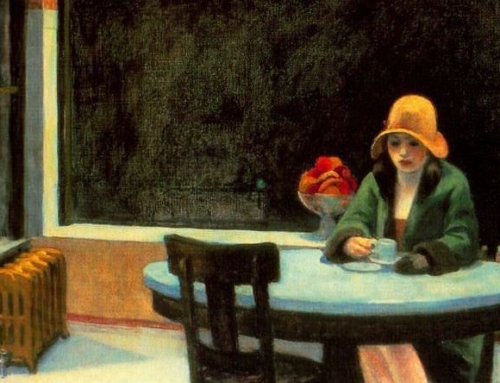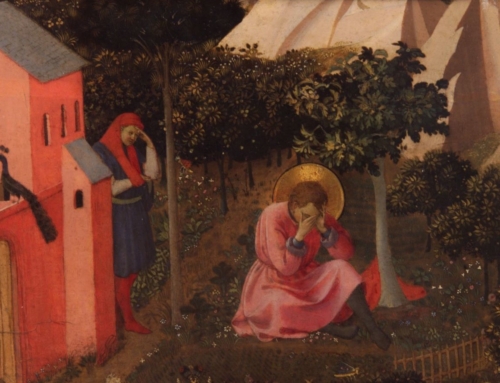We typically think of obedience as a child’s virtue, but even as adults we are led where we do not want to go (John 21:18). For example, in the parish, the pastor implements changes that irritate us. At work, the boss takes the company in a direction we think is dumb. Obedience in these circumstances seems spineless. Better switch parishes and quit work. But I wish to offer, by way of a historical example, a reflection upon the continued good of obedience—especially to legitimate Church authority, despite the recent failures of her leaders. For it is in obedience that Christ, who became obedient unto death, unites us to himself even in the darkest circumstances.
Philip Neri and Girolamo Savonarola were, by temperament, about as different from each other as possible. Philip was gentle and pacific; Savonarola, irascible and fiery. Nonetheless, in his room Philip hung a picture of Savonarola crowned with a halo, and he often used the writings of the Florentine Dominican in his own preaching. Why? As argued by the great biographer of Philip, Alfonso Cardinal Capecelatro, Philip shared Savonarola’s overwhelming desire for renewal in the Church. And the way in which they each pursued this desire offers insight for our own day.
Savonarola’s story is complicated because he disobeyed Pope Alexander VI at the end of his life. He continued preaching when the pope demanded that he be silent. The story is even more complicated because Pope Alexander VI was not a good man. Savonarola was. He was a great man. But he “would have been incomparably greater than he was, if, in the last year of his life he had been humbly obedient” (256). When he was given the opportunity to surrender his desire for reform to God, who works through the Church despite the limitations of her hierarchy, Savonarola balked.
Because of this disobedience, Savonarola’s teachings were investigated by the Inquisition. Philip, however, never had any suspicion about the friar’s fidelity to the Church’s doctrine. At a critical moment of the trial, Philip joined the Roman Dominicans for Eucharistic adoration, praying for the exoneration of Savonarola’s teachings. When he learned by a special grace that the orthodoxy of Savonarola’s teachings would be upheld, Philip cried out “Victory, victory, my dear friends! The Lord has heard our prayer” (270). But the Vatican corrected Savonarola’s “intemperate zeal” that “urged him at times beyond the limits of prudence and propriety,” a correction of the friar that Philip accepted (272).
Philip faced a similar trial of obedience, but he responded in a different manner. He had begun a very popular devotional pilgrimage to seven churches in Rome. The success of this practice led some to think he was “a setter-up of a new sect” (245). Under suspicion, he was called before ecclesial authorities and forbidden to hear confessions or lead pilgrimages. He obeyed and did his best to stop others from speaking against the cardinals who unjustly judged him, saying, “This persecution is not for your sake but for mine; God desires to make me humble and patient” (249). Soon enough the persecution passed, and Philip was free to carry on, imbued with greater patience and humility.
What can we draw from the comparison of these two men, so distinct and yet so united by desire? Their lives reveal the nuances of Christian obedience. Obedience is part of the path to sanctification not necessarily because the demands placed on us make sense on a human level or because those making the demands are good. Rather, in our obedience to legitimate authority, God purifies us from trying to design the world according to our own wishes. We receive our place in his ultimate plan, a plan that does make sense in a way higher than any of us can see now.
Obedience—secular or ecclesial—is not one-size-fits-all. We can and should combat evil perpetrated by those in authority. We should pray that God would raise up many Savonarolas in our day who in their zeal would inspire conversion, and who in their sorrow over ecclesial tepidity would lead us all to pray and fast for the renewal of the Church. But we will all face moments of excruciating obedience when God asks us to be like his Son: “though harshly treated, he submitted and did not open his mouth” (Isa 53:7). And in such moments we can remember with hope that the quiet, obedient reform of Philip Neri bore more fruit than the reform of the mighty Girolamo Savonarola.
✠
Images: Unknown artist, Philip Neri Pen Drawing; Hendrik Hondius, Portrait of Girolamo Savonarola







